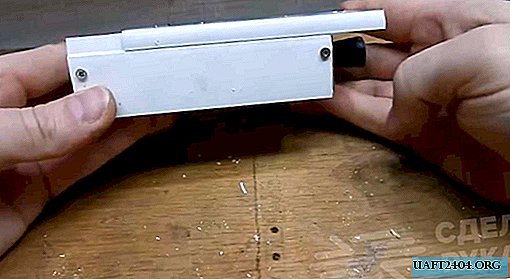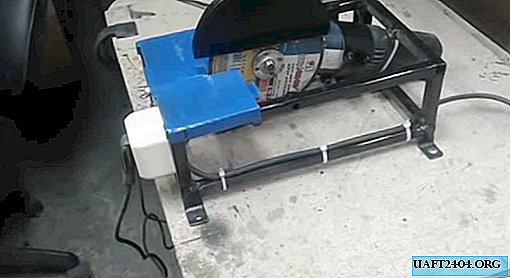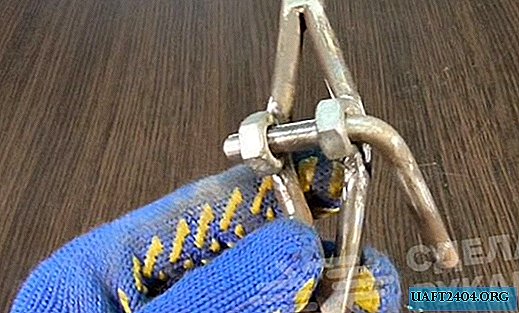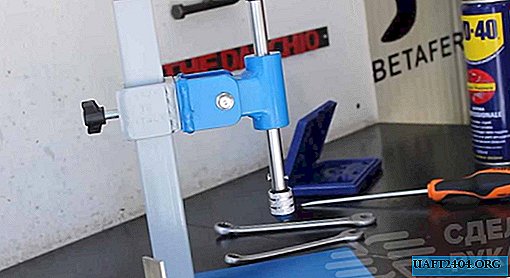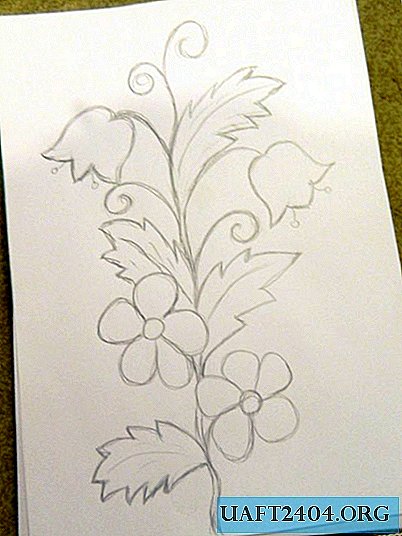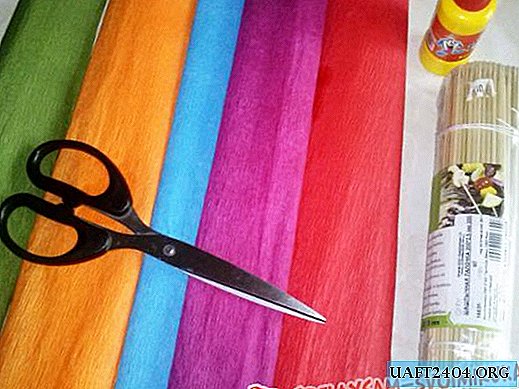Share
Pin
Tweet
Send
Share
Send
Take three pieces of wire 50 cm long. We bend the first two pieces in the middle - these will be the legs of the cat. From the remaining piece we drive out the neck and tail.
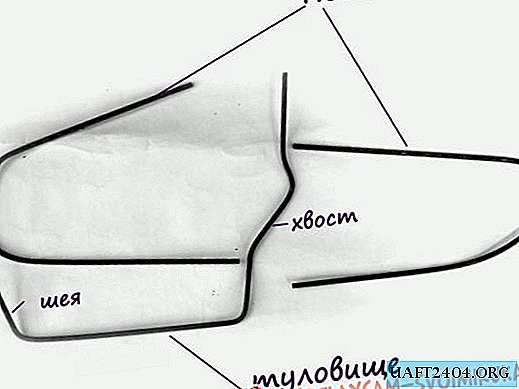
We connect together all the details using wire or masking tape. Papier-mâché sculptures are lightweight, so they need to be firmly fixed in the garden. To do this, you can make a special stand or leave wire pins at the ends of the legs. We will use the second option. And so that the pins do not interfere in the process, stick the cat's frame into the foam.

Wrap the frame with several layers of masking tape.

For the next stage, we strip newspaper paper into strips and make a paste.

For the paste, take a glass of flour and a liter of water. We pour 200 ml of water into a separate container, and pour the remaining 800 ml into a saucepan and put on fire. Stir the flour in 200 ml of water until a homogeneous consistency, then pour the mixture into boiling water. On low heat, brew a thick paste.
Paste the frame with five layers of newsprint. Before gluing, coat each strip with a paste, and then wrap it on the frame. Before applying the next layer, apply a paste on the previous one.

At the ends of the legs we make roundings from crumpled newspapers. They also need to be thoroughly greased with a paste.

In addition to newsprint, you can also use office paper, and the paste can be replaced by construction PVA.
To make the cat’s head, we crumple it into a ball of newspaper, glue it with masking tape, put it on the neck and then glue it with newspaper strips. It is advisable that some strips be placed simultaneously on the head and neck of the cat.
To form the ears, glue three newspaper sheets with a paste. Until they dry, cut a square with a side of 10-15 cm and cut it diagonally - you get two triangles. Glue them to the head of the cat, bending the base.

On the outside, we fix the ears with paper strips. On the reverse side, this is not necessary.

Cook a lot of papier-mâché. To do this, pour a paste into a separate container and pluck toilet paper into it. Leave for a while. After the paper becomes wet, mix it with your hands or a blender. The result should be a dense homogeneous mass.

If you get a rare mass - add more soaked paper, if thick - water or paste.
Before applying papier-mâché mass to the frame, add a little gypsum to it - it will take away excess water, the product will dry faster and be more durable.
We apply paper pulp to the frame with a layer up to 1 cm thick.

After the product dries, we remove the roughness with sandpaper with fine grain.

Sweep away the dust from the cat with a soft brush and start painting.
Dilute the green alkyd enamel in white spirit and cover it with the product. The first layer will be a primer, the next two - fixing. We paint the last layer with undiluted enamel.

After the primary color dries, paint the cat with yellow, pink, orange and purple patterns.
You can also use gouache or acrylic paints. In this case, after applying all the colored elements, the sculpture must be opened with five layers of yacht varnish.
After the product is completely dry, fix it on the lawn by sticking it into the ground.


Posted by: Elena Tregub
Share
Pin
Tweet
Send
Share
Send

